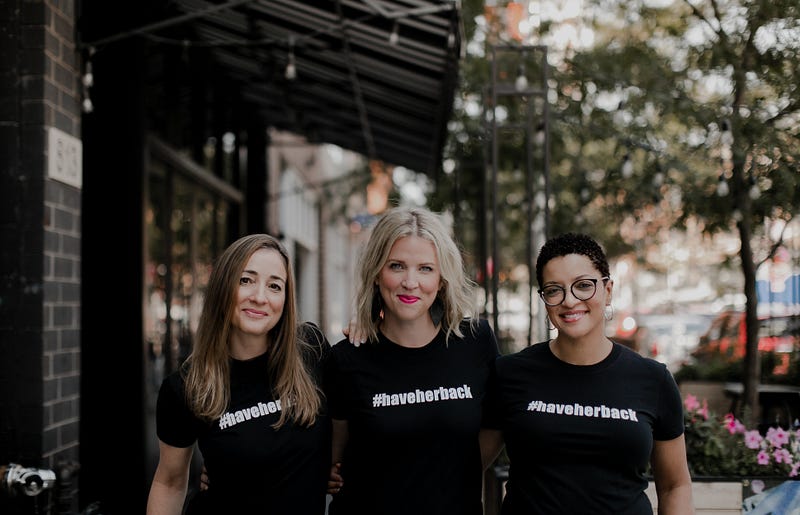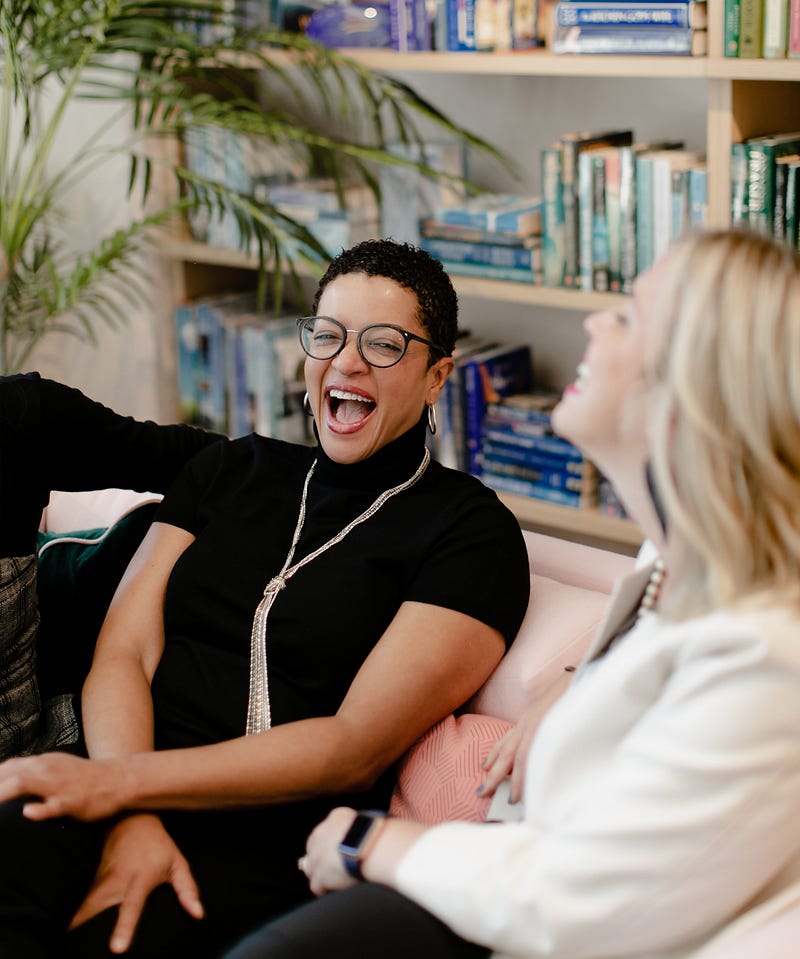Pamela Culpepper, Founding Partner, Have Her Back
This interview is part of our Empowered Women series in partnership with Free The Work, The 3% Movement, The Female Quotient, and TIME’S UP Foundation — a coalition effort to champion more equal and accurate representation of women leading at work, at home, in their communities and beyond. Read more about this initiative here and download images from the Empowered Women collection here.
Seasoned in the art of understanding people, culture and workplace diversity, Pamela Culpepper is a powerfully experienced human resources expert and executive coach. Before launching Have Her Back in 2019, she held senior People, HR and Talent roles, including Chief Global Diversity & Inclusion Officer at PepsiCo.
We spoke with Pamela about her work, the importance of visual representation, and her advice for navigating the path to leadership today.
Hi Pamela! Tell us about yourself, how did you get to where you are today?
I am a daughter, a sister, a mother and I am a loyal friend.
My earliest belief is that when barriers are removed and people are given an equitable opportunity they are most likely to present their best selves. It is on this belief that I started my career in Human Resources.
Professionally, leading up to co-founding Have Her Back, I spent more than 25 years in corporate America — multiple industries with many of my executive years spent focused on mergers and acquisitions (M&A) culture integration and business transformation. At times, I have been the safest place for executives to say what they really feel.
In 2019, you launched Have Her Back (HHB), a women-owned and -operated culture consultancy that’s working with brands and companies to advance equity for all, while driving business outcomes. What was the catalyst that led you and your partners to launch HHB?
Have Her Back started as a call to action for agencies to address the cultural deficiencies that caused female creatives to ultimately leave. The movement grew into a sincere ask from agencies, as well as other companies, to help identify solutions to the issues raised, but at that time there was no “business” to support them. HHB was built on the premise that while companies may want to help address the lack of equity for all, culture, both internal and external, is now demanding that they do and therefore it is no longer optional.
As companies navigate the impact that a social, health and economic pandemic is having, they must closely examine what their own practices, policies, traditions and initiatives may be contributing to a systemic issue. They must look at everything with scrutiny and unwavering dedication to equity with the intentions of dismantling broken systems and rebuilding their company for better.

With over 25 years of experience as a leader in HR, talent, culture and Diversity and Inclusion, how have you seen attitudes and actions in this space shift over the course of your career?
Excruciatingly slow. I have a son that is 25 years old — when he was born, I knew he was coming into a society that my ancestors believed would be better for me when I was born. I believed, as they did, that by the time he entered the workforce, I would have helped to make things better for him. And here we are. Politically correct is not even a thing anymore. My hope now is that the brave and the committed to equitable outcomes continue to rise up and participate.
What is your personal philosophy around diversity, equity and inclusion and what do you see as the biggest opportunities to drive meaningful change and support the rise of more women and people from underrepresented communities in leadership right now?
When we think about bringing the best out of our talent we must think about the diversity of needs and how meeting those needs increases the probability of business success.
Supporting the needs of women and people of underrepresented communities in leadership does not make them less qualified, less ready, less promotable or less committed. The game changes when the rules do.
What are your thoughts on the power and importance of visual representation to help change the status quo?
Visual representation is proof of the promise; it narrows the gap between what has been said and what is now seen. Visual representation can inspire hope and fuel momentum.

When you look to the future, what inspires you and what initiatives are you currently most excited about?
I am inspired by those who are courageously holding themselves and their organizations accountable and are not hesitating to pick a side. I am inspired by those who have left room in their lifelong held frames of reference to entertain painful realities that they may not have created but by default have helped keep alive and now sincerely want to change.
How can people support the work you’re doing?
In the spirit of organizational health, HHB sees itself as preventive care (medicine?) for companies that have not had a meaningful diagnostic review in either a long time or never. Sometimes the biggest hurdle of a “check up” is the fear of what might be discovered. Our hope is that companies partner with us before they are in crisis; that they invite us in to check out their internal systems before something goes wrong.
What advice would you give to women in the workplace as they navigate the path to leadership?
- Control the things you can control…like the noise in your head that makes you hesitate (the noise may be your own voice or someone else’s)
- Get acquainted with your fears- when you get to know something (or someone), you are less likely to fear it
About The 3% Movement
Started to spotlight a huge business opportunity in advertising — the lack of female creative leadership and its impact on connecting with an overwhelmingly female marketplace — The 3% Movement has grown exponentially since its 2012 launch. Hosting events in 27 cities globally and offering consulting and certification programs that amplify creative cultures, 3% has helped drive the number of female creative directors in the U.S. from 3% to 29%.




